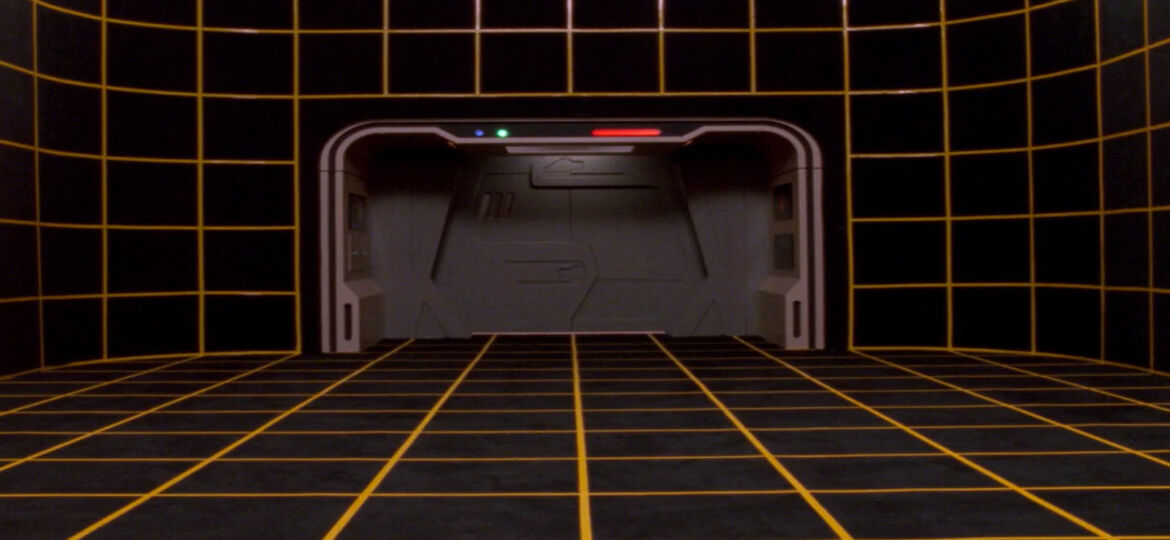
WHY THIS MATTERS IN BRIEF
The ultimate sci-fi concept, Holodecks have been talked about since they were first shown on TV, and now several companies are building the tech to make them a reality.
San Jose holographic display start up Light Field Lab and Los Angeles graphics company OTOY, which focuses on cloud based high end graphics, have officially announced a partnership that is “making the Star Trek Holodeck a reality” according to a recent press release. And both companies are backed by the son of Gene Roddenberry, the man behind the original Star Trek holodeck concept.
The alliance will make use of Light Field Lab’s “innovative headgear-free holographic system” and OTOY’s ORBX technology, the first no-royalty open sourced format for the kind of display system the duo are trying to develop.
Star Trek‘s concept of a perfectly immersive virtual reality world that people can access and use without the need for any head gear, whether it’s VR headsets, glasses or any other type of gimmickry, has been the white whale of the immersive entertainment industry ever since the concept was first aired on TV screens back in the 1970’s, and the duo claim they’ll soon have the ability to “fully immerse users in the sights and sounds of high-quality media content with no headset.” A grand claim indeed – and if they do in fact manage to create the world’s first prototype holodeck then the world of entertainment will never be the same again and I for one will be standing in the queue to experience it.
“We are building what we like to think of as the next generation [of immersive reality] beyond augmented reality and virtual reality,” said Light Field Lab CEO Jon Karafin at Greenlight Insight’s San Francisco event recently. Light Field Lab first sprang into life in 2016 and has already raised over $7 million towards the project, says The Hollywood Reporter.
Currently the company’s holodeck prototype consists of holographic display panels, the details of which are shown in the diagrams above, that are just 2 feet long but the creators and investors are confident that this new holographic form of entertainment, which is visible to the naked eye, will soon develop into something like the long desired Holodeck.
“Light Field Lab has the potential to change the way we view and interact with media. This is essentially the holy grail of optical display technology, enabling things that seem like science fiction to be possible today,” said Vinod Khosla of Khosla Ventures, which has invested heavily in the project. The partnership also came with an agreement from Endeavor and Roddenberry Entertainment, the company founded by Gene Roddenberry, the man originally behind Star Trek’s Holodeck idea, to create original content designed specifically for the fledgling technology, and today Roddenberry’s company has created multiple modern Sci-Fi shows including the popular reboot series Star Trek: Discovery.
It is also currently headed by the late Roddenberry’s son Rod Roddenberry, whose commitment to the project lends a lot of credibility to it, unlike previous attempts by others to recreate the holodeck, and the younger Roddenberry is excited about the Light Field Lab and OTOY technology.
“The concept of the Holodeck was extremely important to my father as well as the Star Trek Universe. I want to see Star Trek’s technologies made real, and for the very first time, now believe that a real Holodeck is no longer limited to science fiction,” he said in a statement.
According to Light Field Lab the future of their project includes the potential for holograms that can move around and be manipulated by touch like the world’s first bona fide free form, free air, no tricks involved holograms I’ve written about before and that you can watch in this video. Former Lucasfilm executive Richard Kerris is also currently an adviser to OTOY. Kerris acknowledges that many companies have tried and failed when it comes to the idea of a true high-definition holographic displays. He called those attempts mere “gimmicks” in a statement, yet he believes the new Light Field Lab display technology paired with OTOY’s 3D content development truly is making everyone’s Holodeck dream a reality.
“The combination of breakthroughs in both rendering and display technologies could very well mark the beginning of a next-gen media revolution. Your eyes freely focus on holographic objects without the need to wear glasses to see the 3D. The experience is unlike anything I’ve experienced and gives me hope on seeing their vision of the Holodeck eventually come true,” said Kerris.

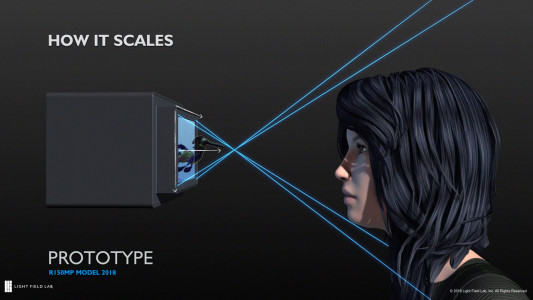
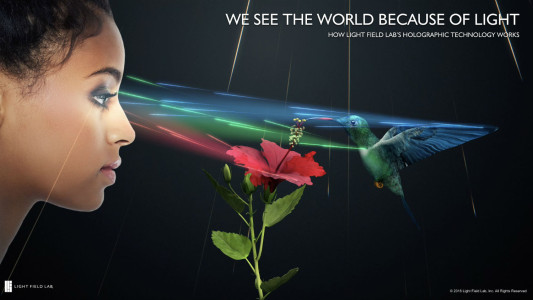
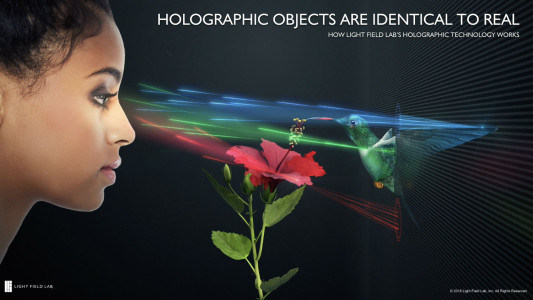
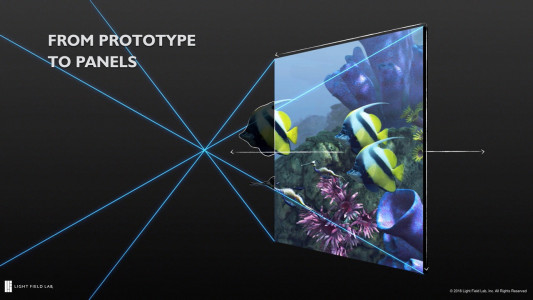
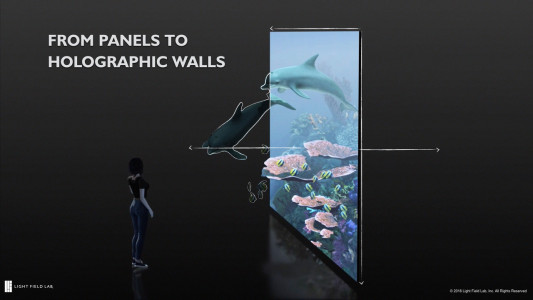















[…] Making a Holodeck IRL […]
[…] The Holodeck: Through “6G and quantum computing [becoming] the new mainstream technology (Kharpal,, 2023) (Turner, 2022) in 2030 and advancements by 2030 in the fields of AI (Gill, 2020), holograms (Clemenson, 2021), virtual reality (Marr, 2020) and, also, in ‘software for the senses’ of; smell (Oxner, 2020 ), sound (Hampson, 2021) and touch (Gordon, 2019) could led to the eventual development of the Star Trek Holodeck (Fourtané, 2019) (Griffen, 2019) […]